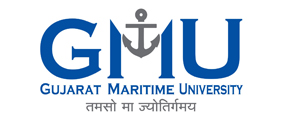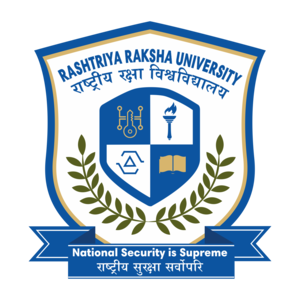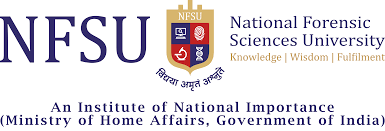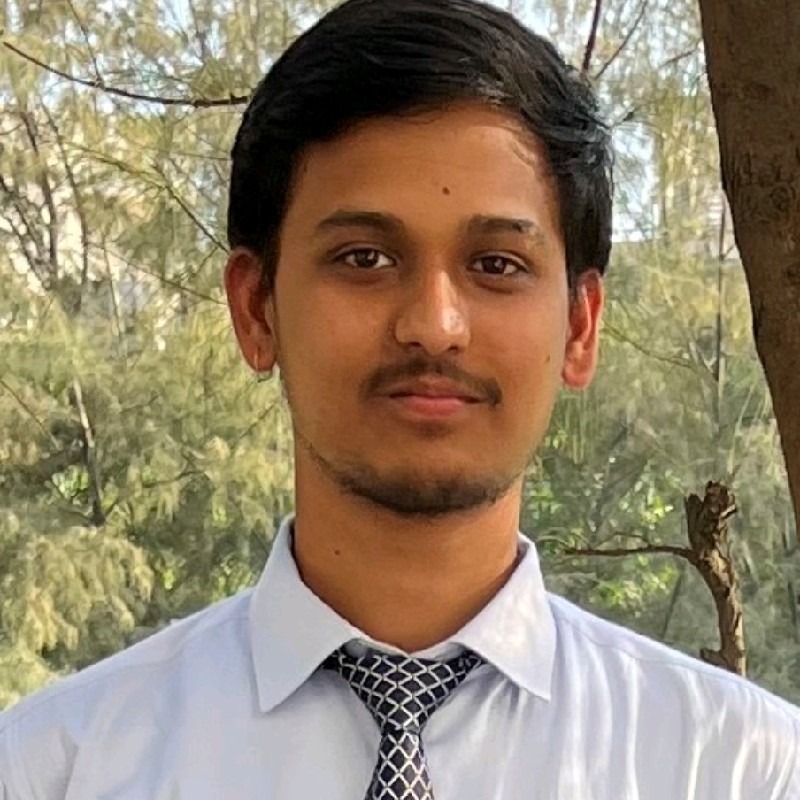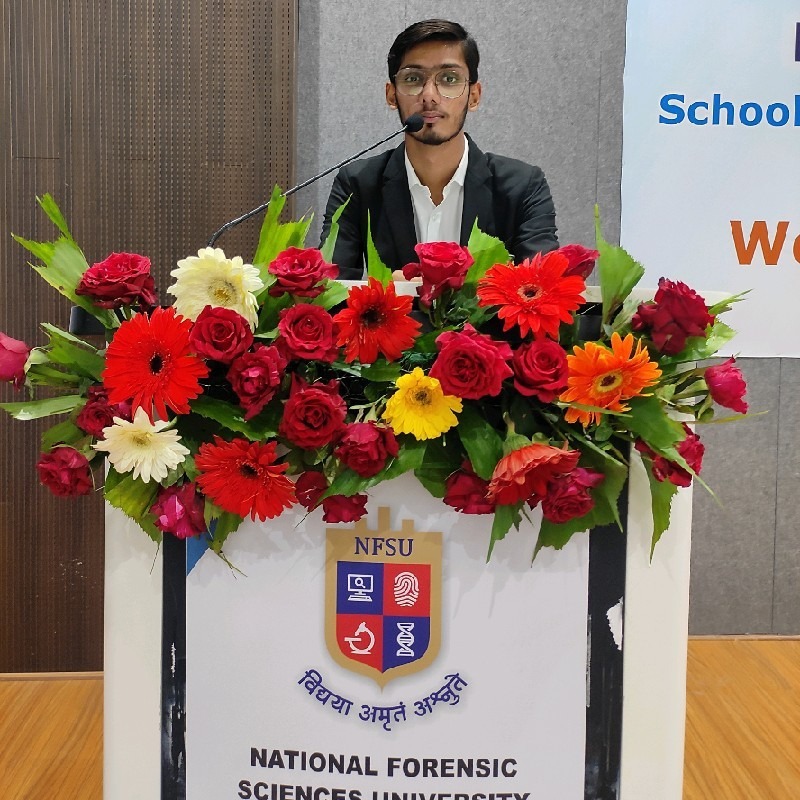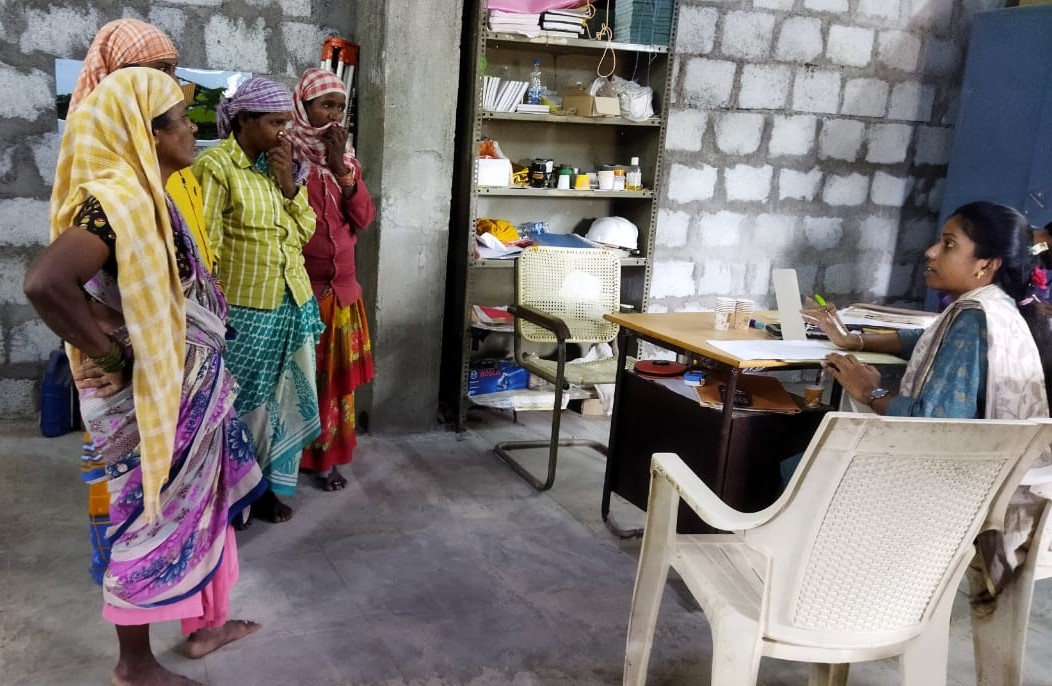
Was Justice ever Available?
Was Justice ever Available?
-Afra Ansari, Faculty of Law (DU)
Introduction :-
In February 2020, hundreds experienced various misfortunes in the national capital. Delhi, in 2020 had never experienced such lack of empathy, humanity, tolerance, a place known for its diversified culture, known for its acceptance of merely anyone, known to be the melting pot of India, disappointed the ancestors of its very land. Mass clashes broke out between factions of the Hindu and the Muslim Community over the Citizenship Amendment Bill, 2019, which rendered many homeless, many as orphans, drowned any tolerance that people had and was a huge insult to values of brotherhood and amity that both the communities enjoyed over decades. Communal clashes have been prominent in India, ever since the partition. But in the last few years, observers say, religious polarization has further deepened the fault lines and raised tensions.
During strenuous times like these, what is the role of the state? Various constitutional provisions emphasize the need to maintain bonhomie between various cultures and traditions. India is a nation for all. India, is the mother to various religions, cultures, traditions and also home to the people, who have believed it to be the best place for living in peace and harmony because of its acceptance to one and all.
Current Laws for Riot Victims and their Evaluation :-
Under our constitution, every citizen has a Right to life under Article 21, which gives the citizens the right to a fair trial, right to free legal aid, right against inhuman treatment, none of which were guaranteed to the victims of riot. Article 14 recognizes equality of law and equal treatment of law; thus, the citizens have the right to be treated without any discrimination. The compensation awarded during the Delhi rights have been lesser than what had been awarded to victims of previous riots. Article 25 of the constitution guarantees Right to Religion, then why are citizens being penalized by other citizens because of their choice, whether Hindu or Muslim? Whose responsibility is it to build an inclusive culture for one and all, to develop empathy amongst the people for one another. Has there ever been an awareness drive or any other form of effort even superficially to develop such values amongst the society? Ethnic, linguistic, and religious minorities are guaranteed the right to enjoy their own culture, to profess and practice their own religion, or to use their own language. Furthermore, under international human rights laws states are obligated to prohibit by law any advocacy of national, racial, or religious hatred that constitutes incitement to discrimination, hostility or violence.
Clearly protections set forth and defined in the Constitution of India and the Indian penal code are violated during the course of communal violence. All citizens are guaranteed the right to equal treatment before the law and the right to equal protection of the laws under Articles 15, 16 and 19 of the Indian Constitution. Promotion of violent attacks against groups on grounds of religion, race, place of birth, or language are criminalized in the Indian Penal Code, 1860.
There is no law currently in India to deal with the aftermath of riots. The Communal Violence Bill, 2011 was proposed to help victims to compensate and rehabilitate them, but it is yet to be passed by the parliament. The bill proposed to establish a National Authority for Communal Harmony, Justice, and Reparation, to prevent acts of communal violence, to contain the spread of communal violence and to monitor investigations. The bill has been criticized on grounds of violating privacy of individuals for intercepting messages exchanged amongst fellow citizens. The bill has not and probably will not see the light of day.
The only recourse that victims of communal rights have is approaching the executive. Justice is dependent on their whims and fancies as there is no law currently in India to deal with the aftermath of riots. The first step towards controlling a riot is prevention. Not only did the government act with complete laxity, there were reports suggesting that they themselves ignited the riots and physically attacked the residential areas.
"It is the duty of the administration to compensate these unfortunate sufferers (of communal riots) for the loss and suffering undergone by them and to assist them in their rehabilitation", as per the Sixth Report (1981) the National Police Commission (NPC). A compensation of Rs 10 lakh each to the kin of the dead and Rs 5 lakh each to the families of minors, who died in the violence was announced by the Delhi Chief Minister. He also announced that Rs 5 lakh each will be given to those who have been permanently disabled and Rs 2 lakh each to those who were severely injured. All this on the condition that they must register an FIR against the offenders. Such conditions imposed were arbitrary and not in the interest of the people of Delhi. But while the Delhi government claims to work on them Mr. Monu, a resident of Delhi had said he was yet to receive the compensation for his bike (Rs. 65000).
Justice Anil Dev Singh of Delhi High Court’s classic judgment on the Civil Writ Petition No. 1429 (Smt. Bhajan Kaur Vs Delhi Administration) was a way out in holding the State liable to pay adequate compensation for having failed to protect the life of citizens guaranteed under Article 21. In the event of failure of the State to act in time to prevent loss of innocent lives, "it cannot escape the liability to pay adequate compensation to the family of persons killed during riots”. Despite these provisions the compensation was inadequate, especially for people who have been left homeless. The government does not have any other procedure to rehabilitate the victims.
The 1985 UN Declaration of Basic Principles of Justice for Victims of Crime and Abuse of Power requires the governments to establish and strengthen judicial and administrative mechanisms to enable victims to obtain redress which is inexpensive and accessible and fair.
Way forward
The situation calls for a central law under the provision of ‘internal disturbance’ under Article 355 and liable for dismissal if the rioting continues for a defined number of days. The government of India should enact a law in consonance with the Genocide Convention, 1948. Article 51 of the constitution directs us to respect international treaties. Article 253 enables the government to implement a law for the whole of India or a part of the territory for implementation of international treaties and conventions. The law must have an overriding effect over all state laws. The states may argue that law and order are state subjects but the central law must have an overriding effect for the protection of freedom of citizens, and their life and dignity.
A tribunal should be set up under the law, for speedy disposal of cases so that justice is guaranteed at the earliest moment. We need a special procedure to deal with prosecution of riot assailants as riots take on characters of pogrom or genocide, which cannot ordinarily be dealt with. The Malimath Committee fully endorsed the UN Basic Principles of Crime and Abuse of Power, 1985 which says that victims should be treated with compassion and respect for their dignity. They are entitled to accessible justice and they should be informed of such methods which they can use for acquiring such justice.
The government should be made responsible for compensation at a fixed rate, with a proper system to evaluate the actual loss suffered by the victims and help them in their rehabilitation as soon as possible. It cannot be left on the whims of the executive.
Conclusion :-
It is not only the North-east riots, but justice needs to be done in other riot cases as well, such as the anti-Sikh pogrom, program of Delhi 1984, Hastinapur 1987, Godhra 2002, etc. It is now up to all of us to rise to the occasion, exert pressure onto the government to build a law which effectively deals with the victims. Let’s prevent people from believing their only crime is that their name identifies with their religion. We know, it is no one\'s fault when one is subjected to the wrath of an angry crowd and so it\'s equally important to divulge justice to this category of people as one should not be punished for being who they are.
References :-
1.Iqbal A. Ansari. “Law on Mass Crimes and Victims\' Rights.” Economic and Political Weekly, vol. 40, no. 9, 2005, pp. 811–813. JSTOR, www.jstor.org/stable/4416262. Accessed on 4th June 2021.
2.https://www.hrw.org/reports/1996/India1.htm
3.https://www.milligazette.com/Archives/01072002/0107200257.htm
4.Victims of Communal Violence Bill, 2011
5.Communal Violence (Prevention, Control and Rehabilitation) Bill, 2005
6.Constitution of India
7.Smt. Bhajan Kaur Vs Delhi Administration ILR 1996 Delhi 754
8.The National Police Commission (NPC) Some selected Recommendations of the NPC, https://humanrightsinitiative.org/old/publications/police/npc_recommendations.pdf accessed on 4th June, 2021.
9.Declaration of basic principles of justice for Victims of Crime and Abuse of Power, https://www.un.org/en/genocideprevention/documents/atrocity-crimes/Doc.29_declaration%20victims%20crime%20and%20abuse%20of%20power.pdf accessed on 4th June, 2021.
